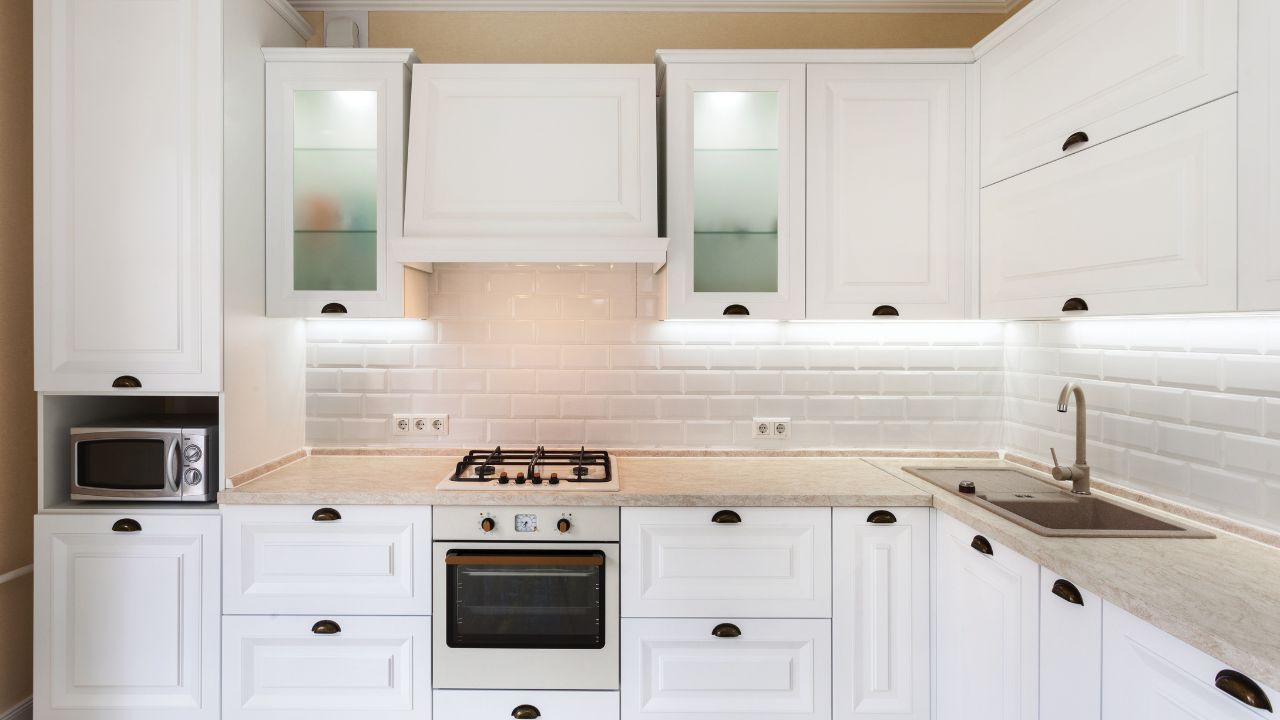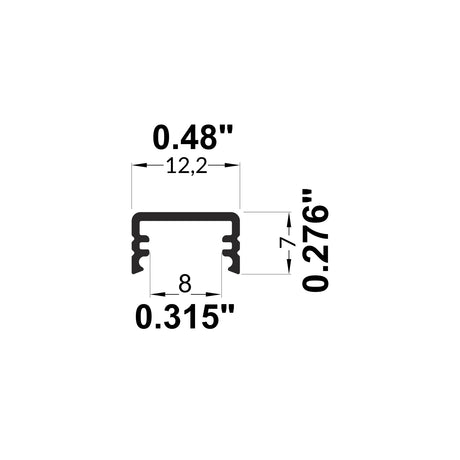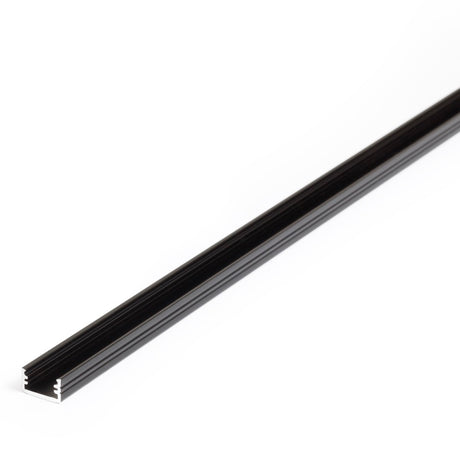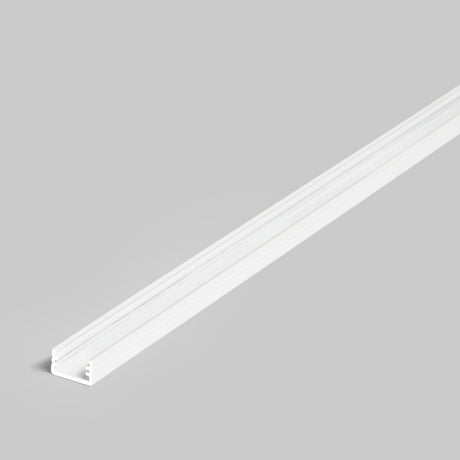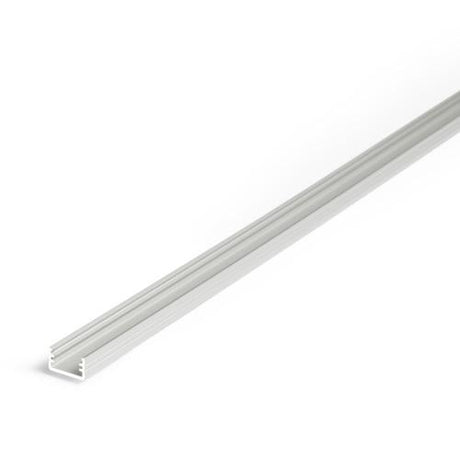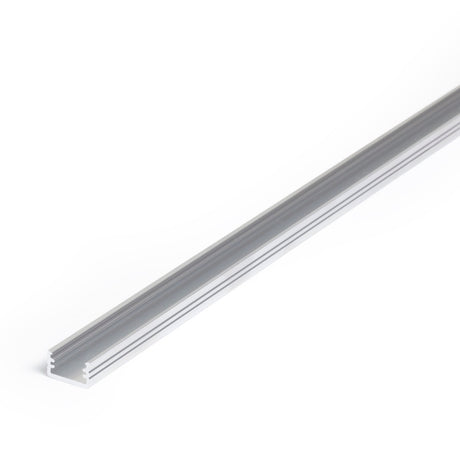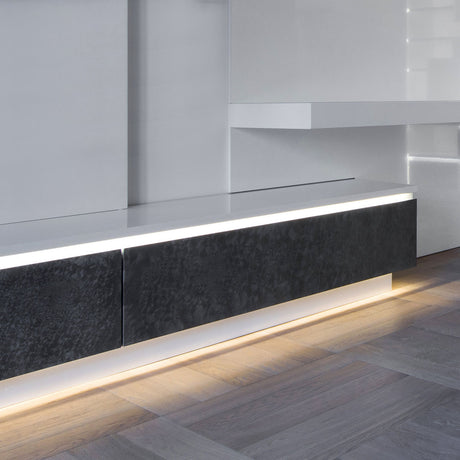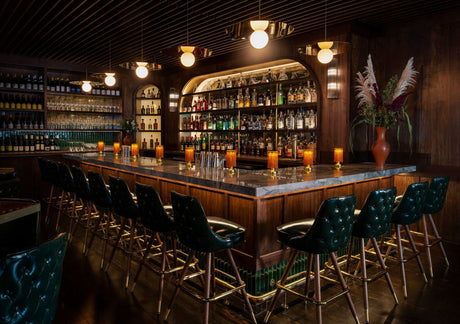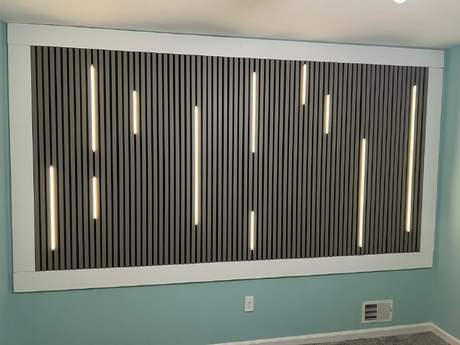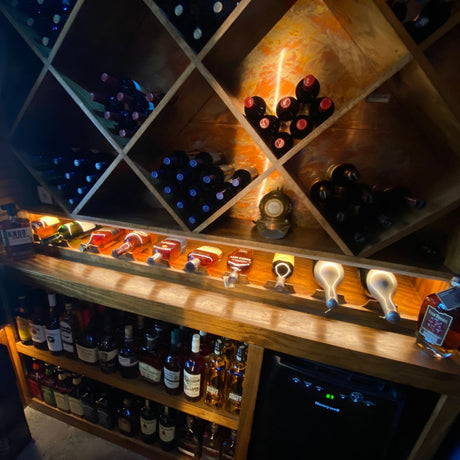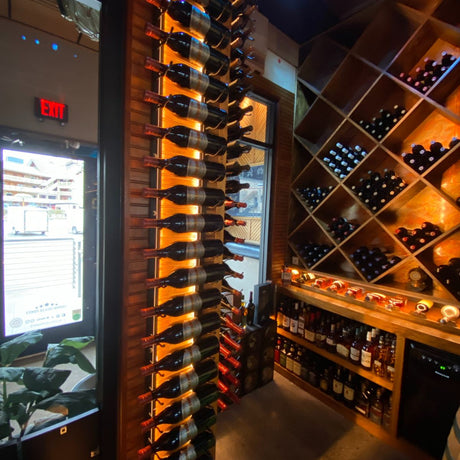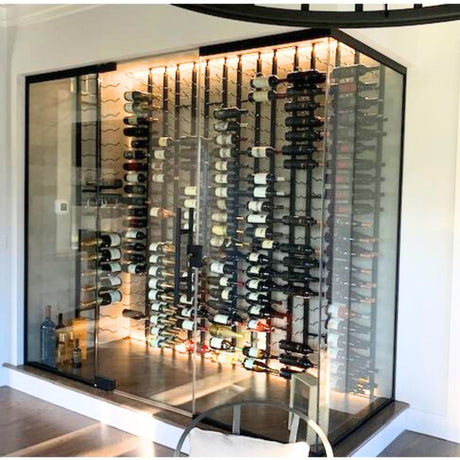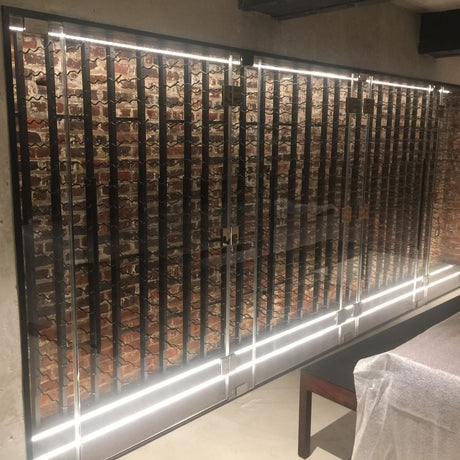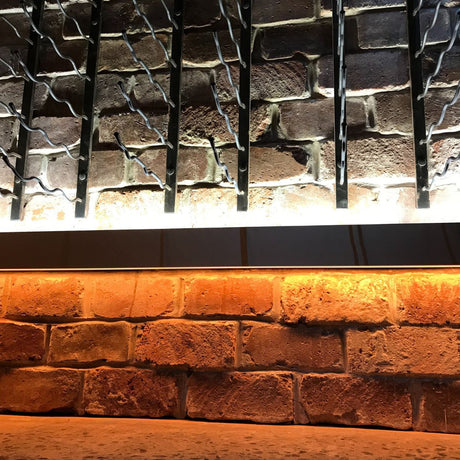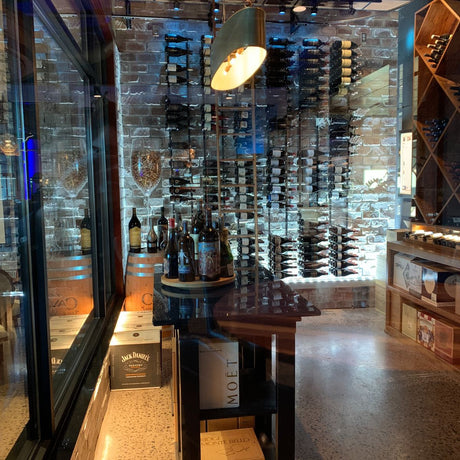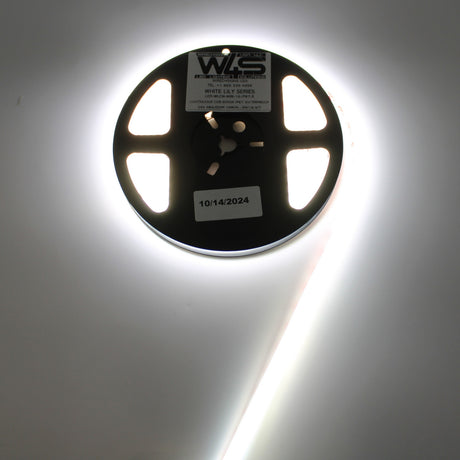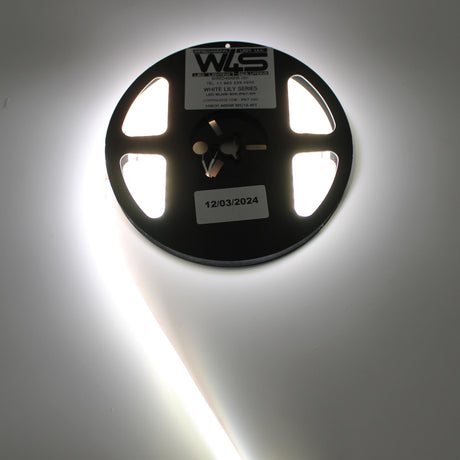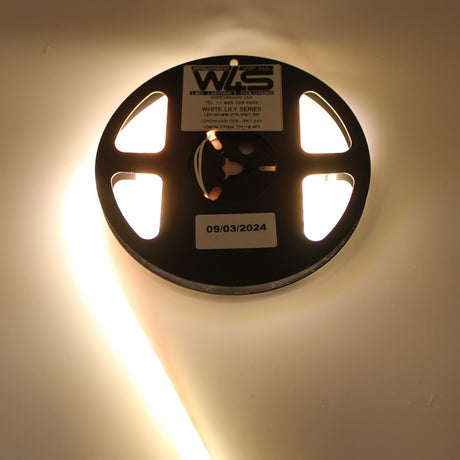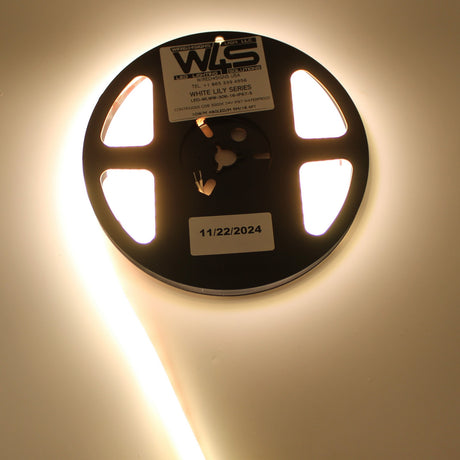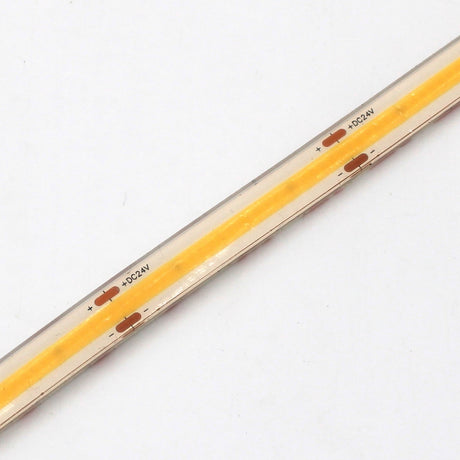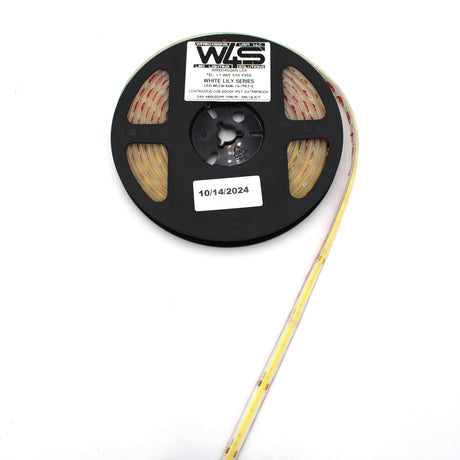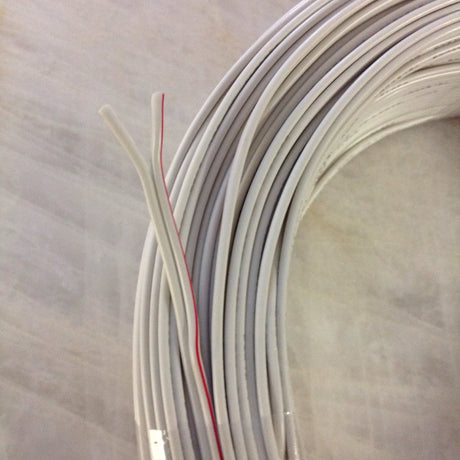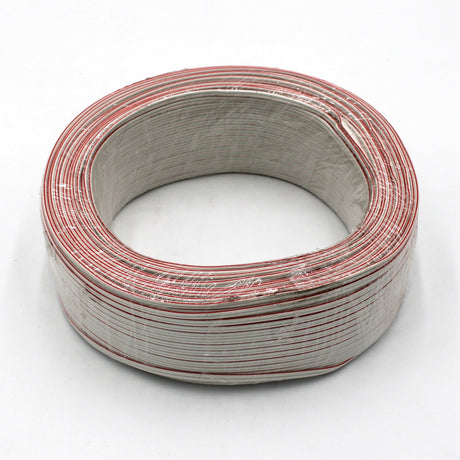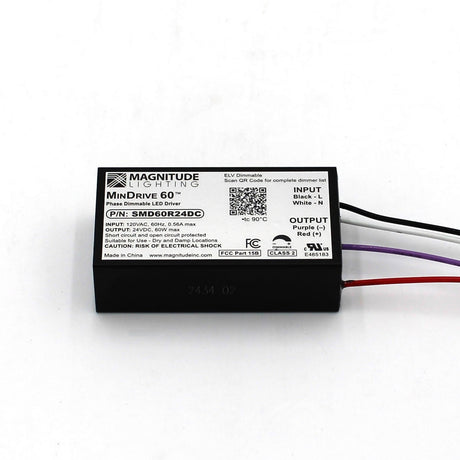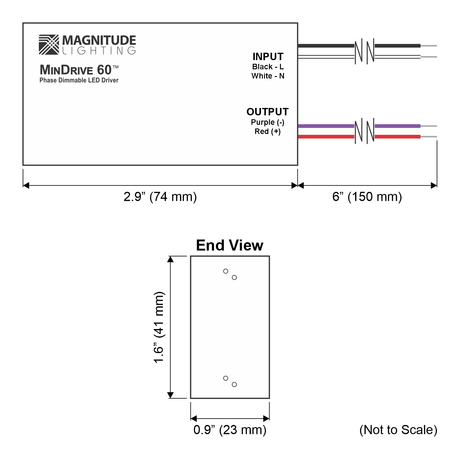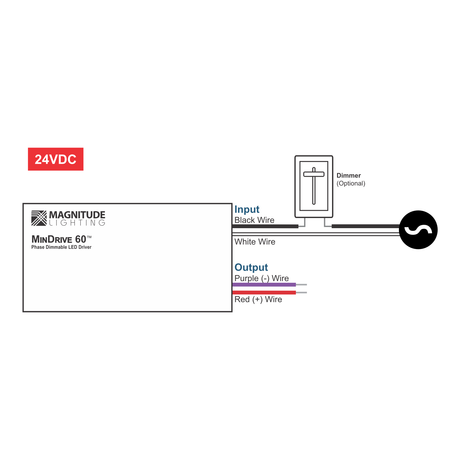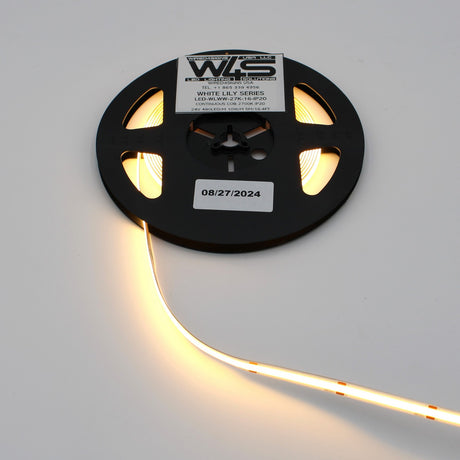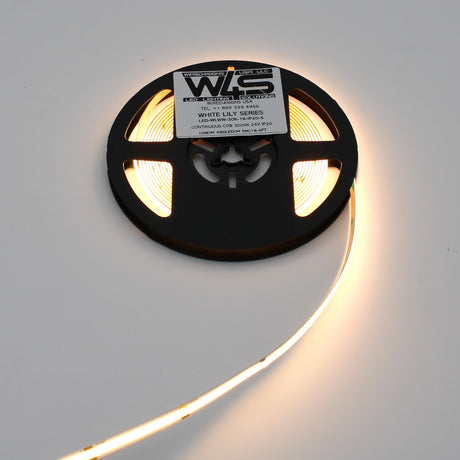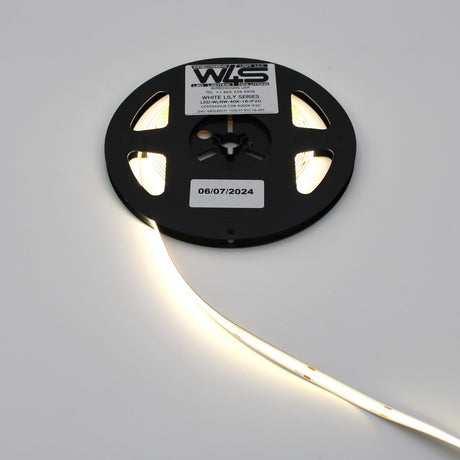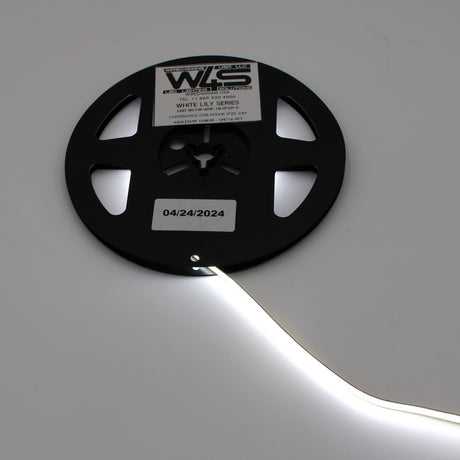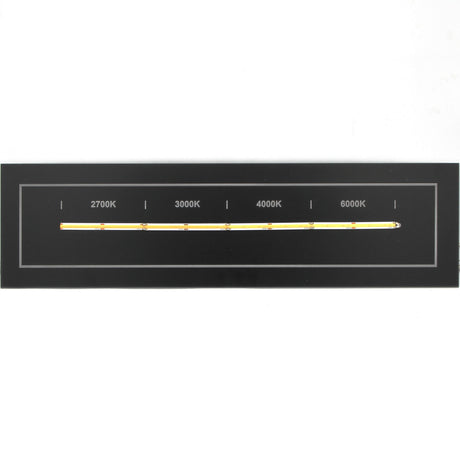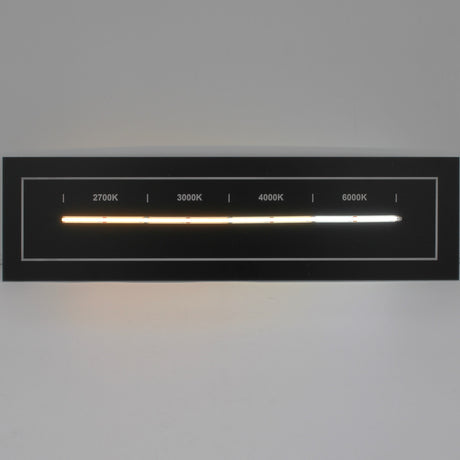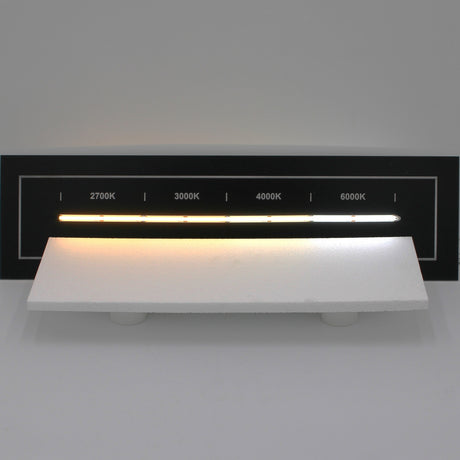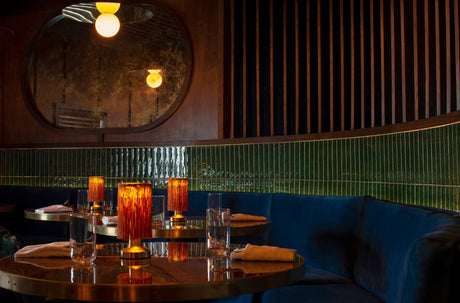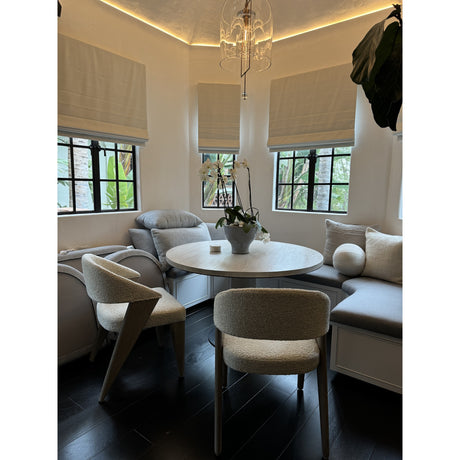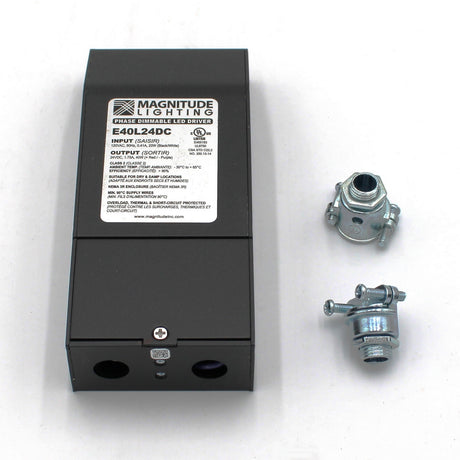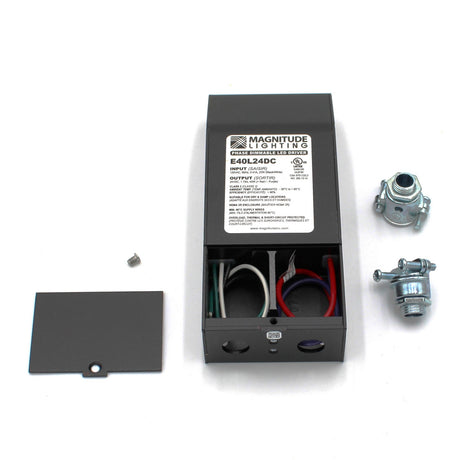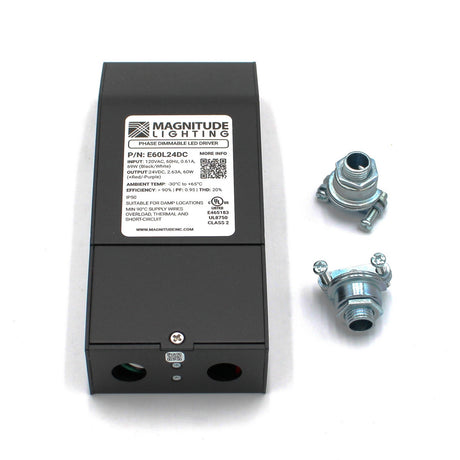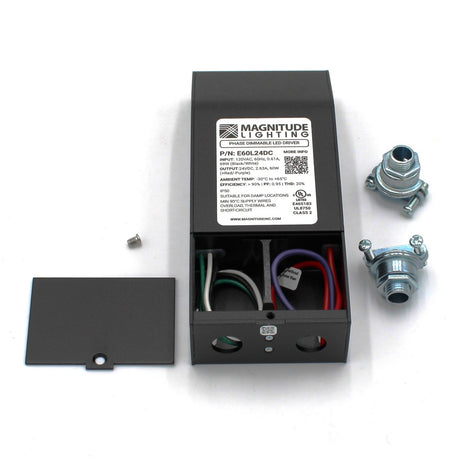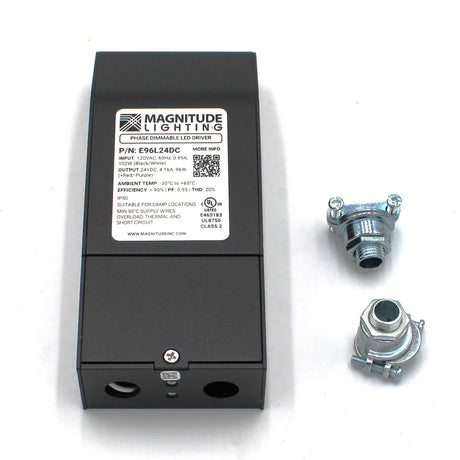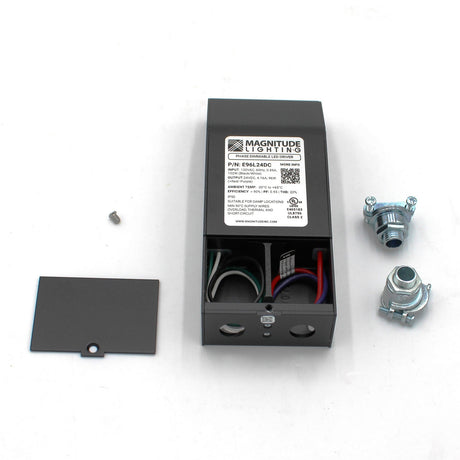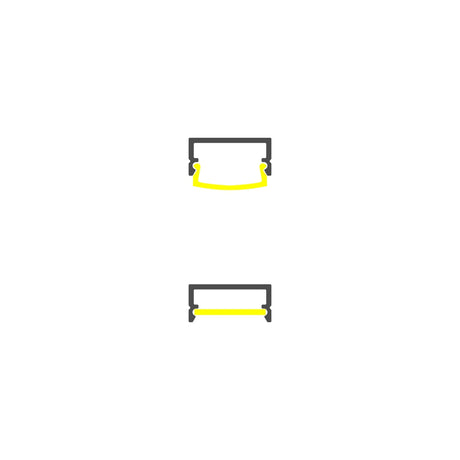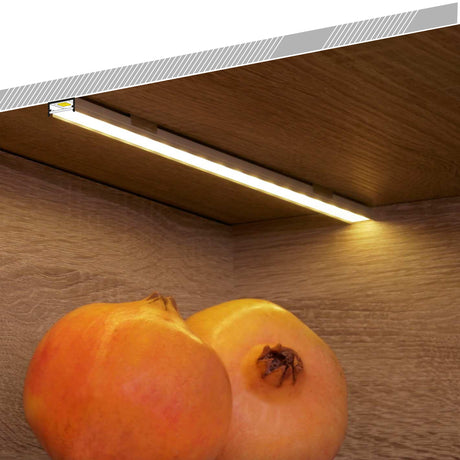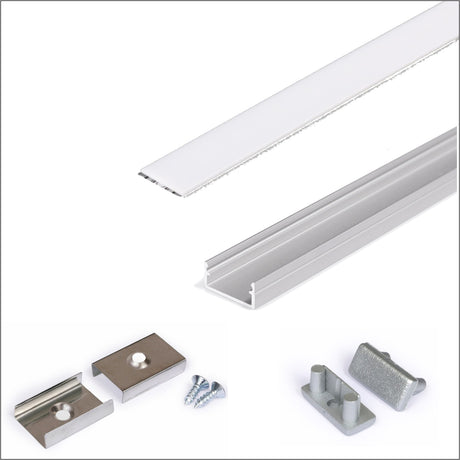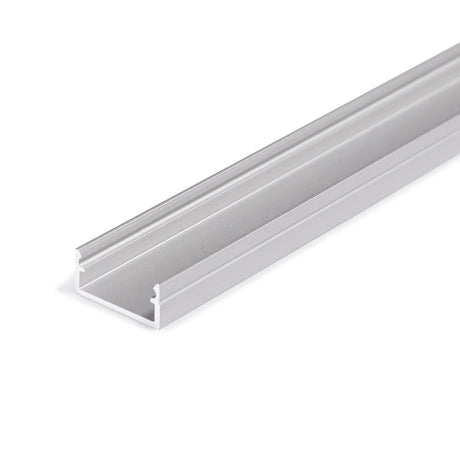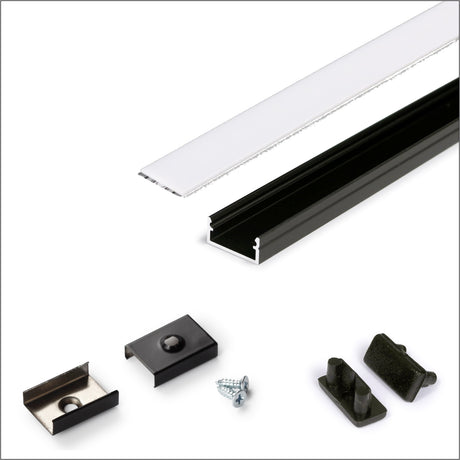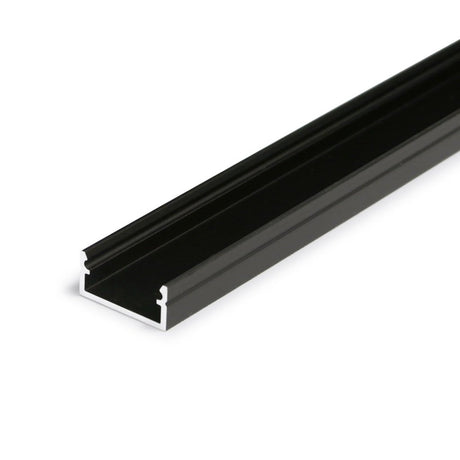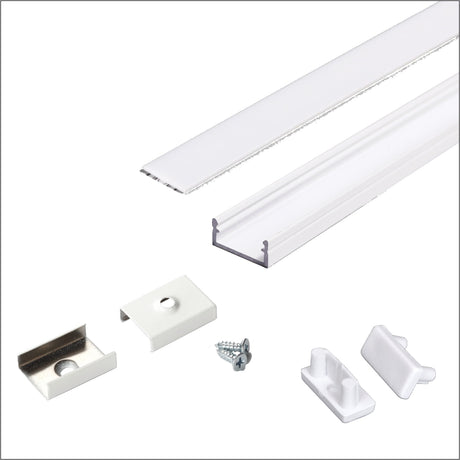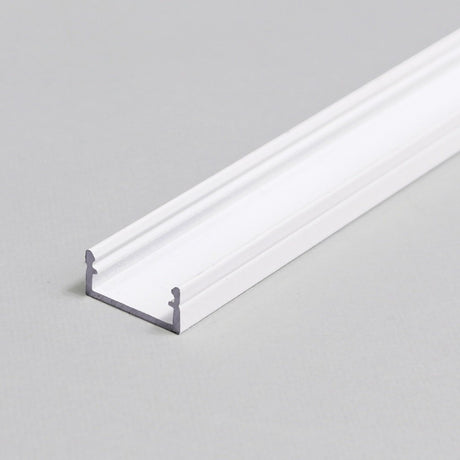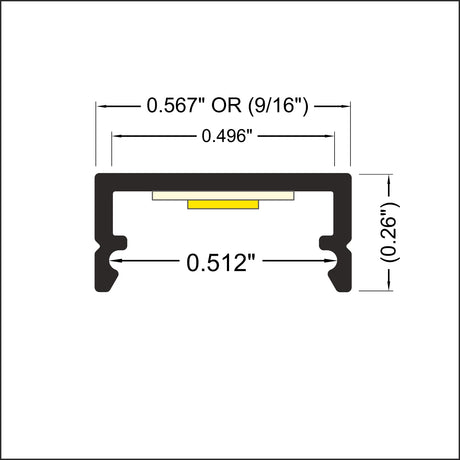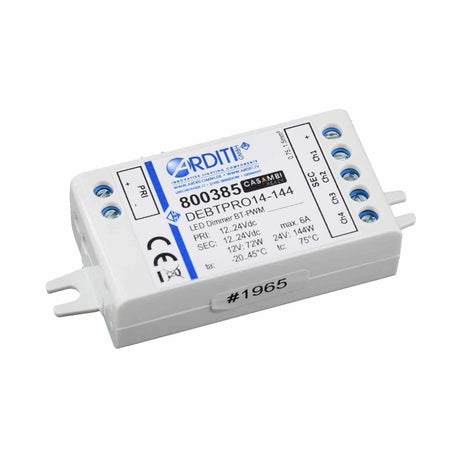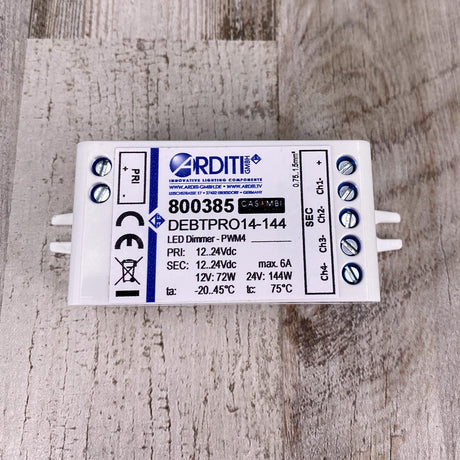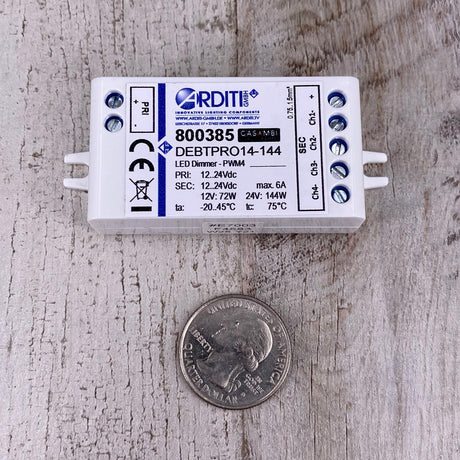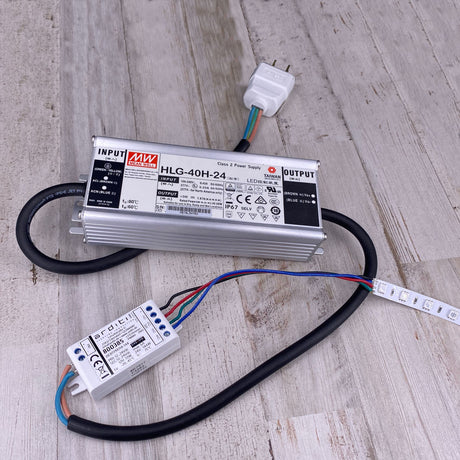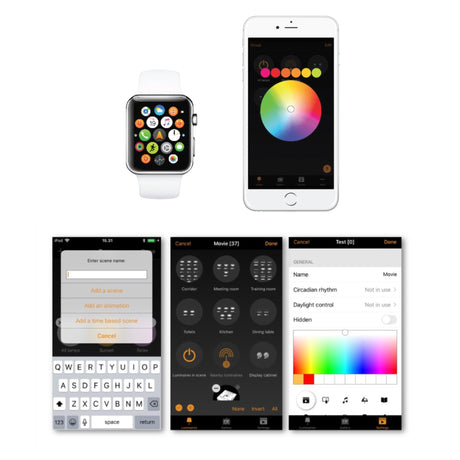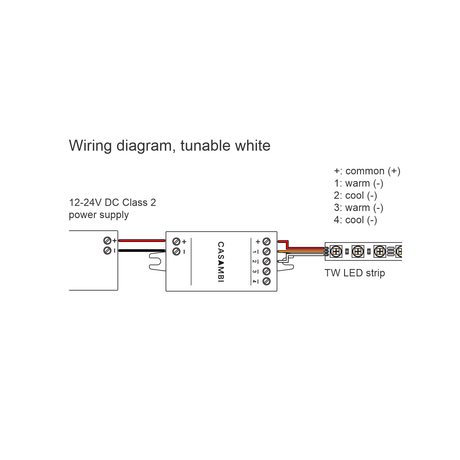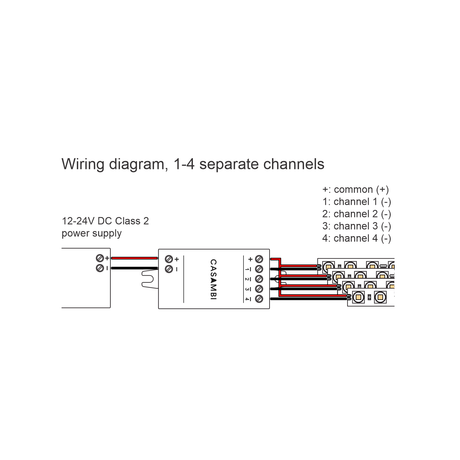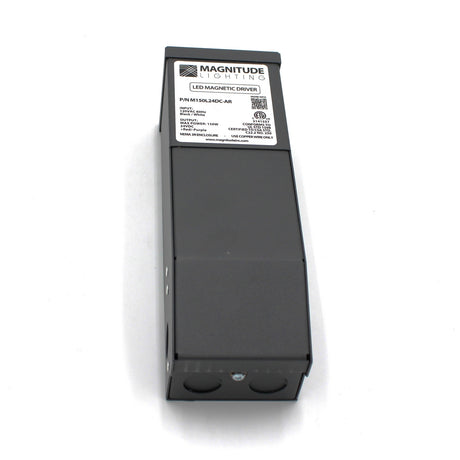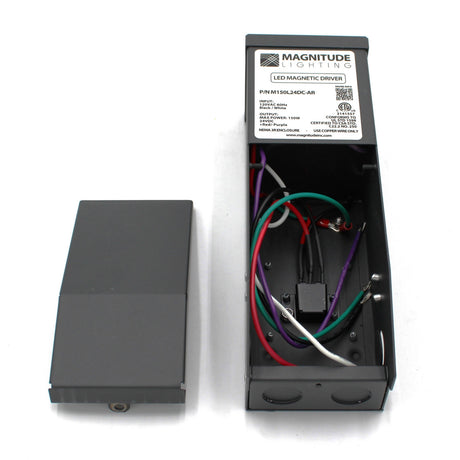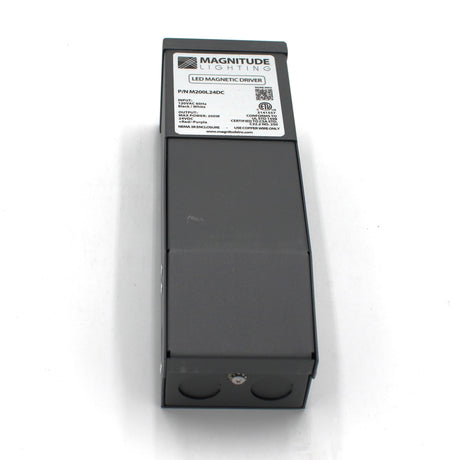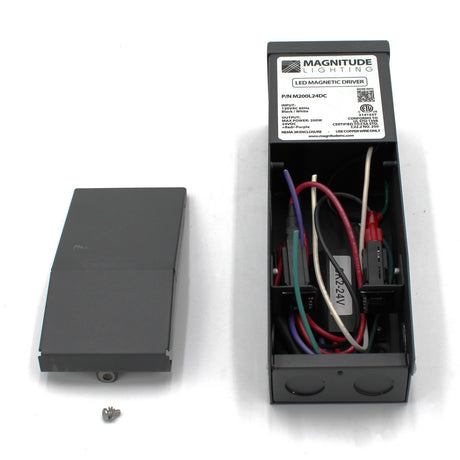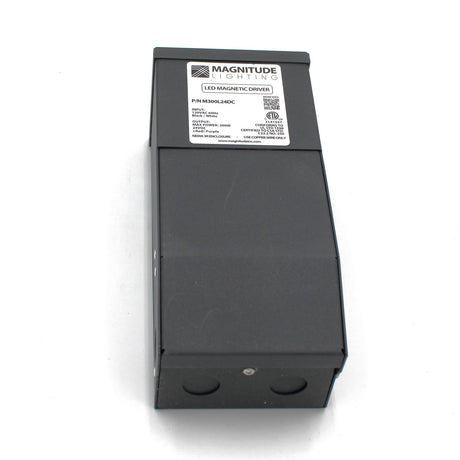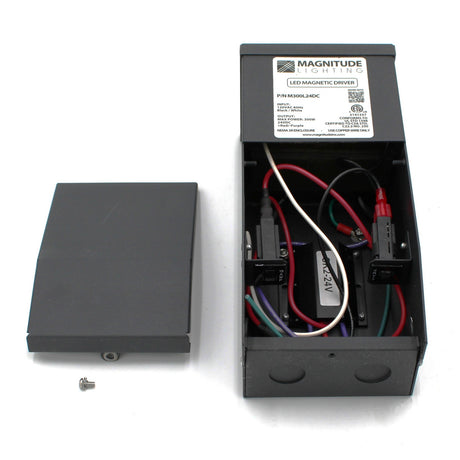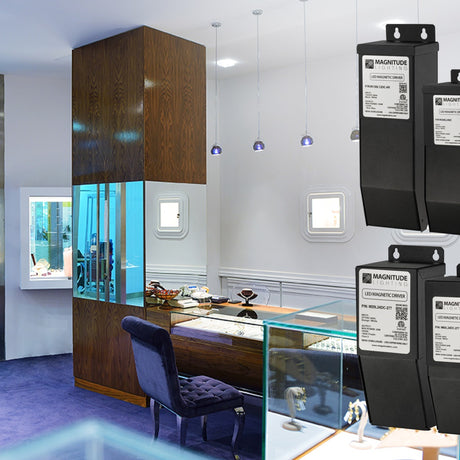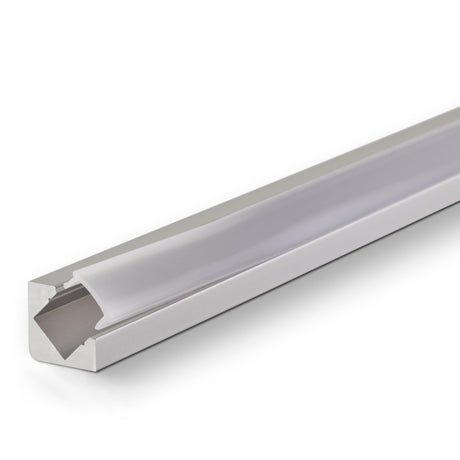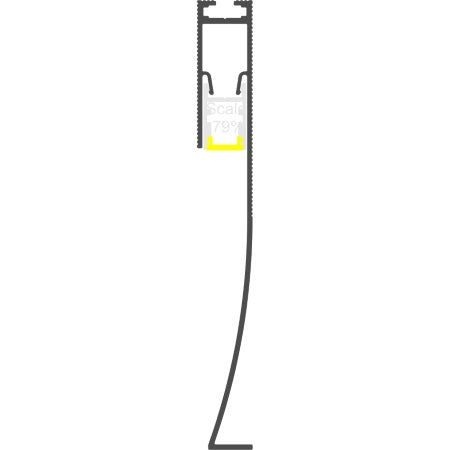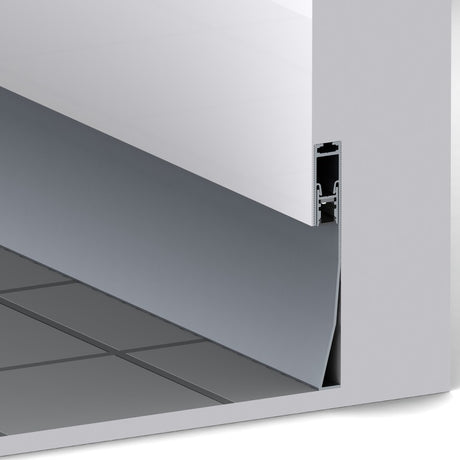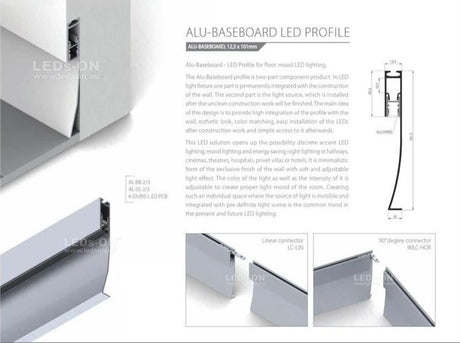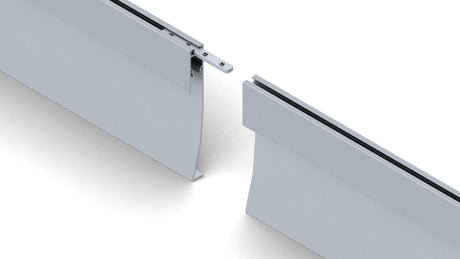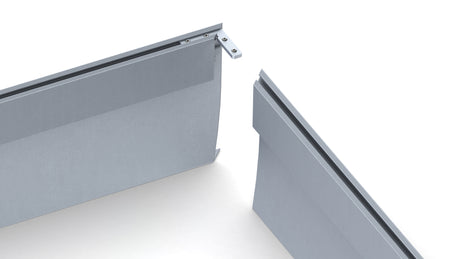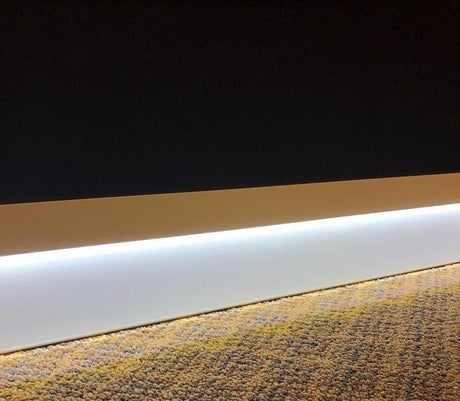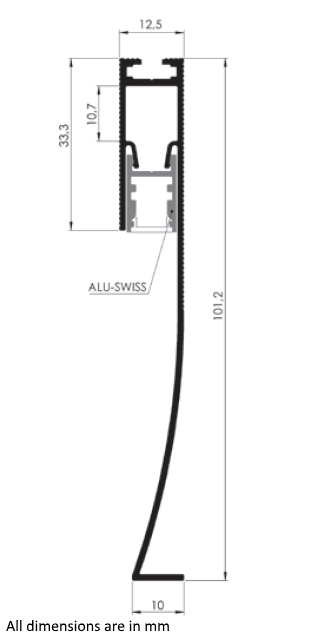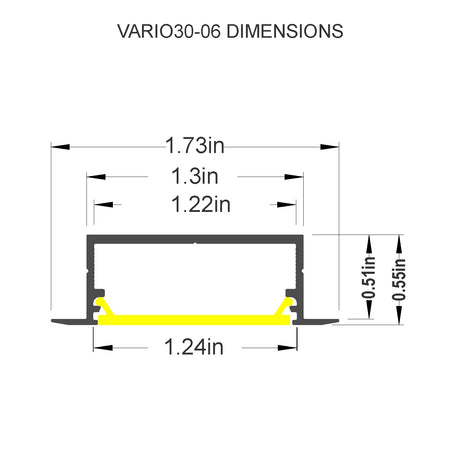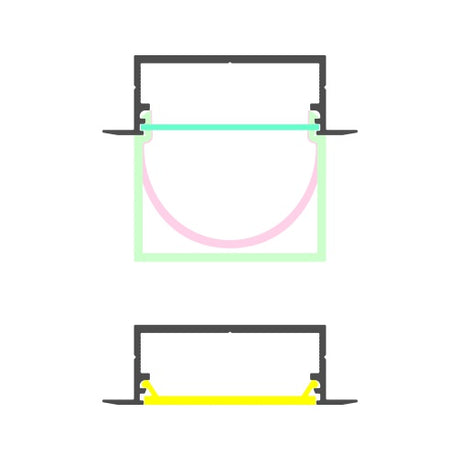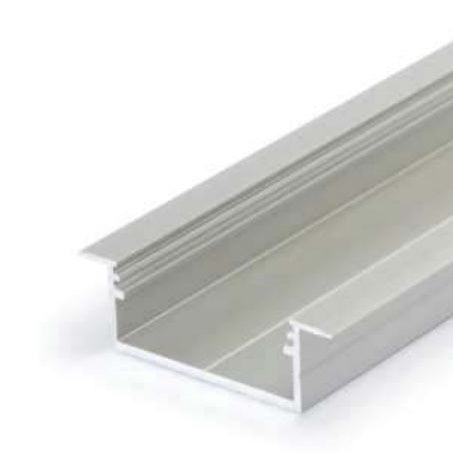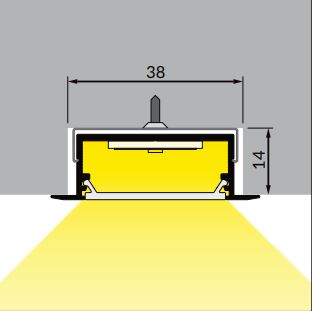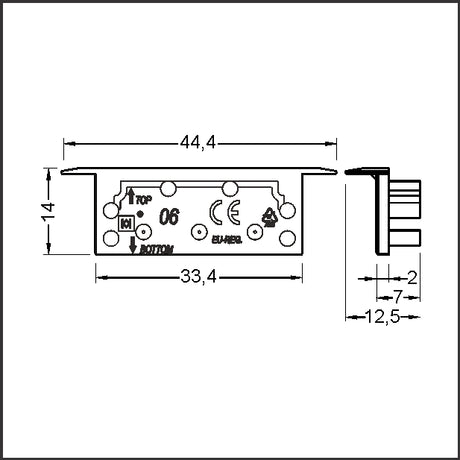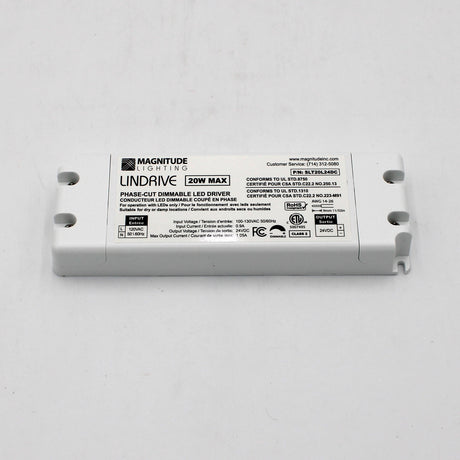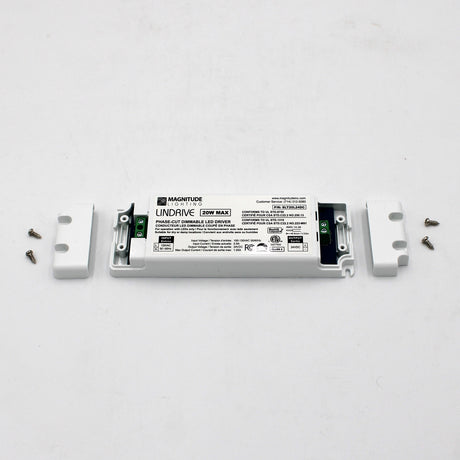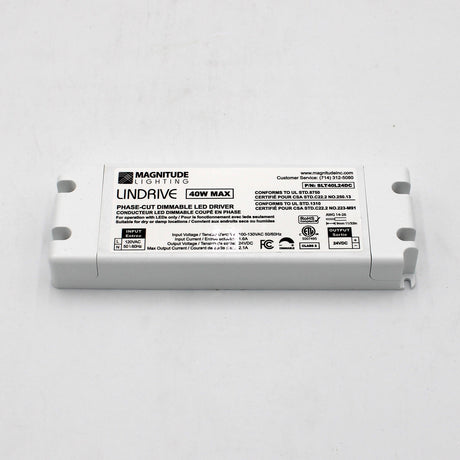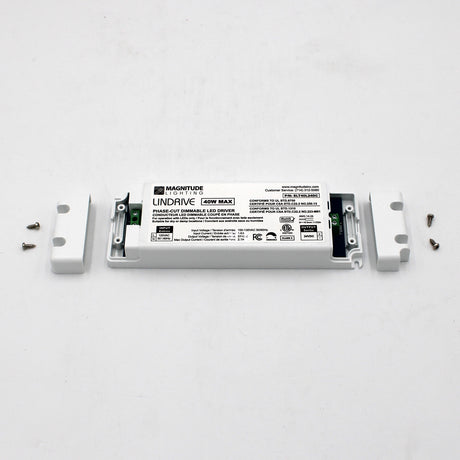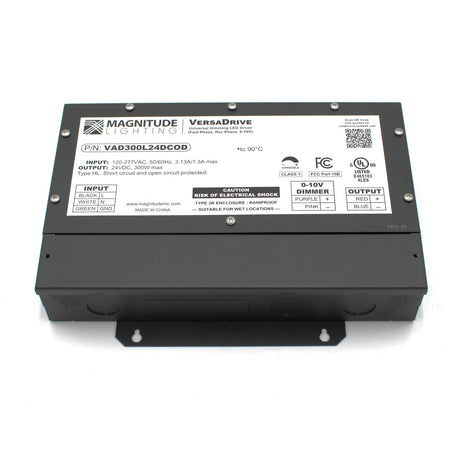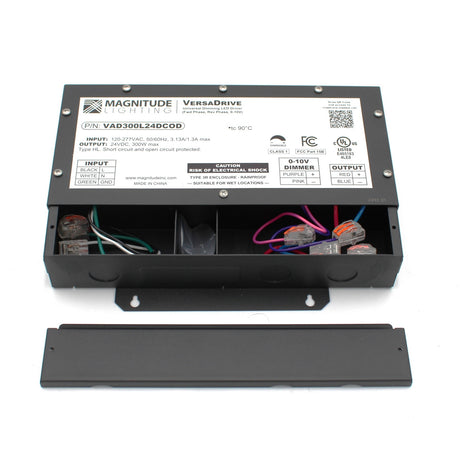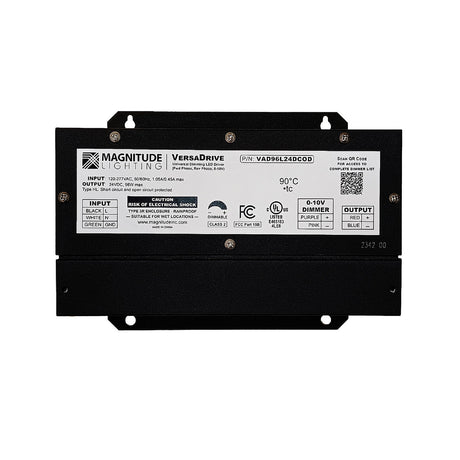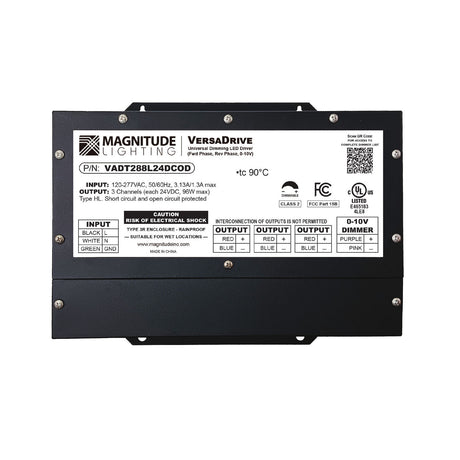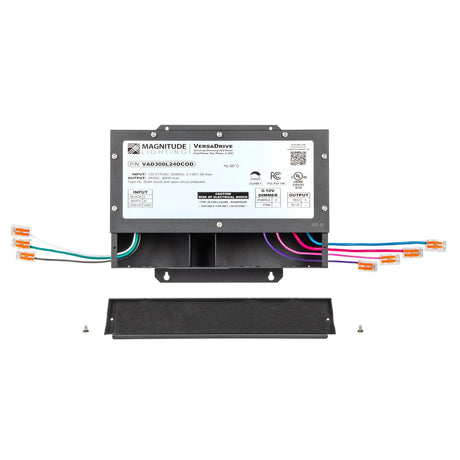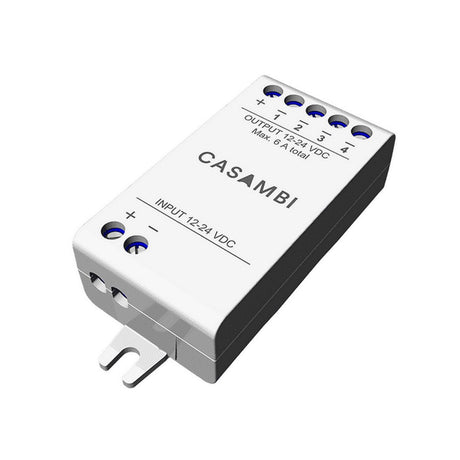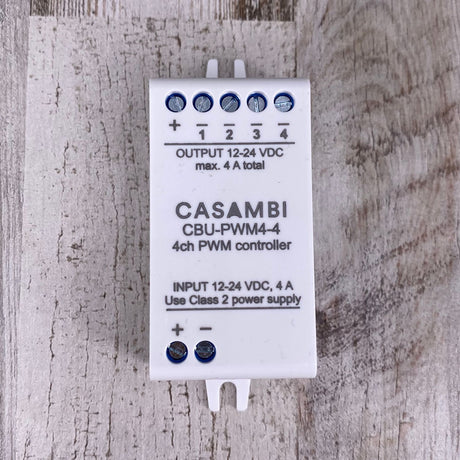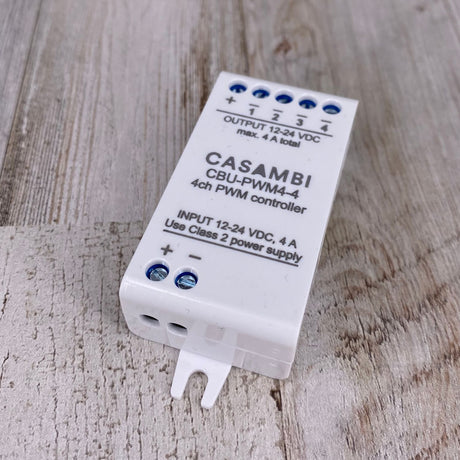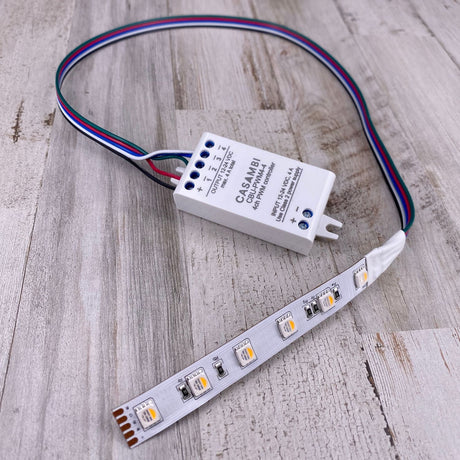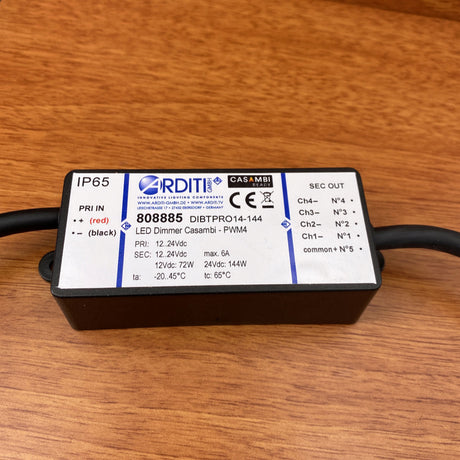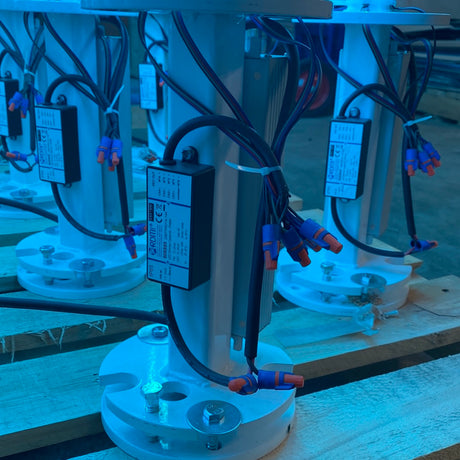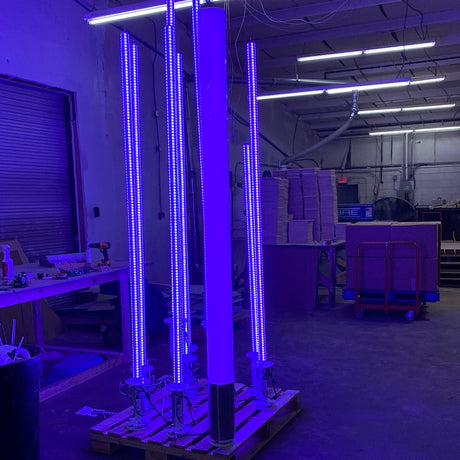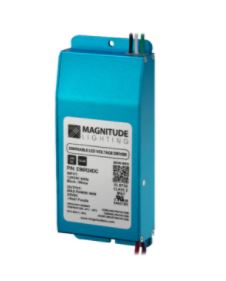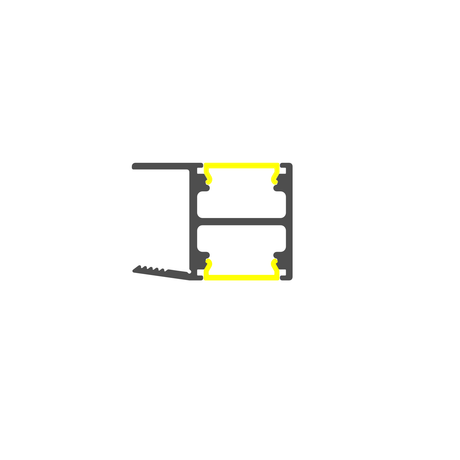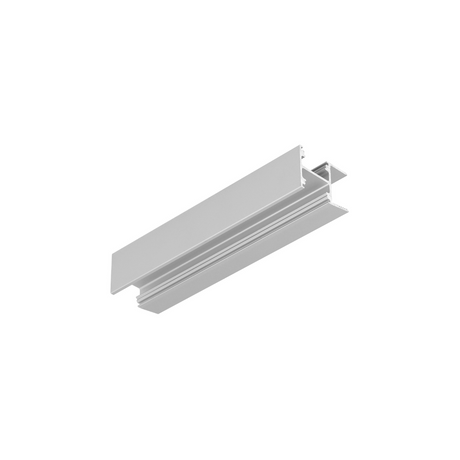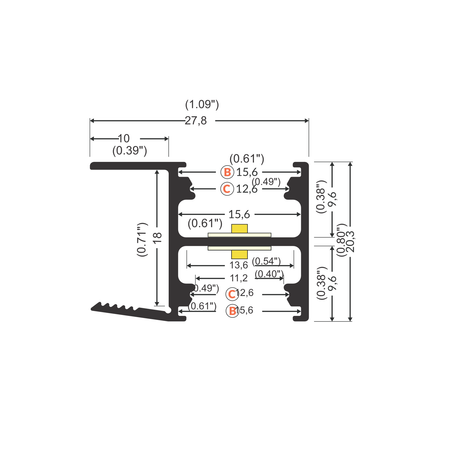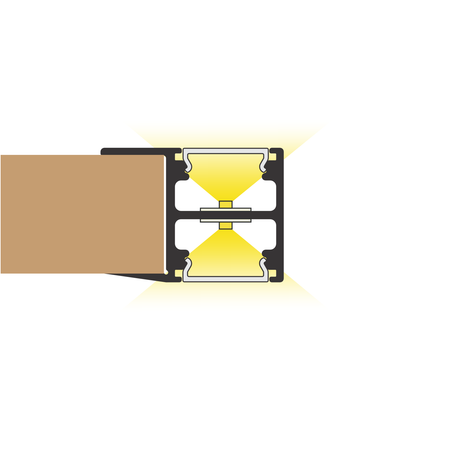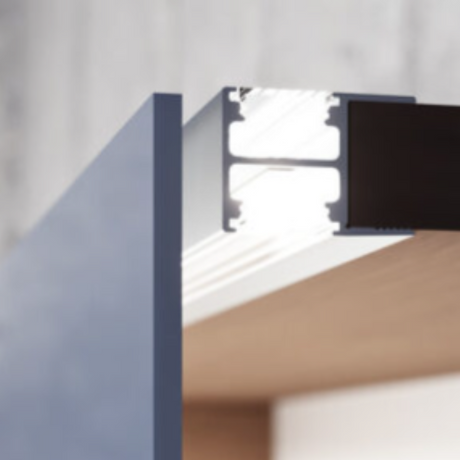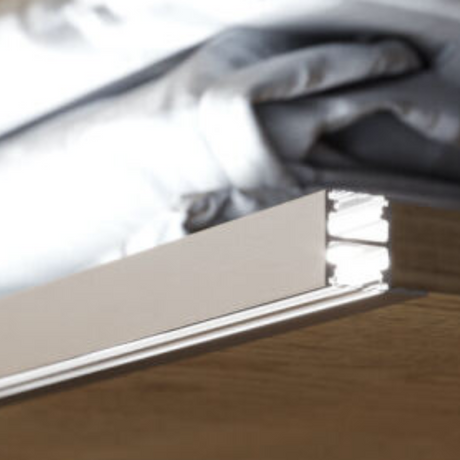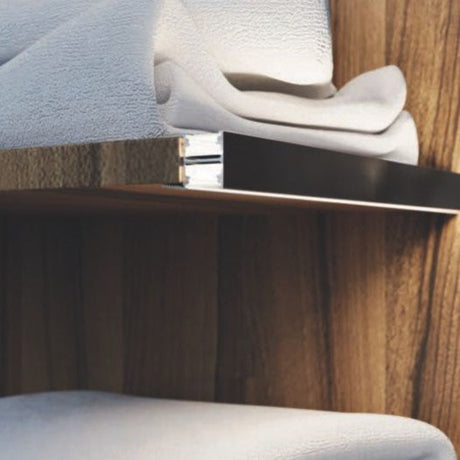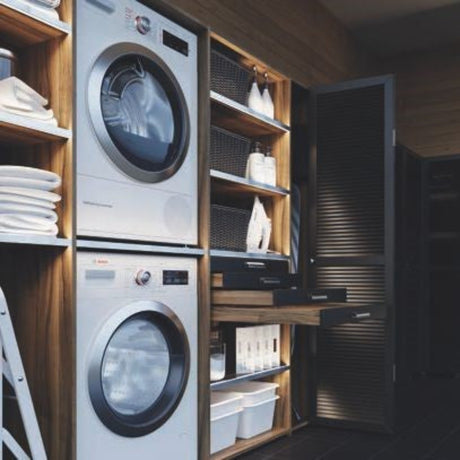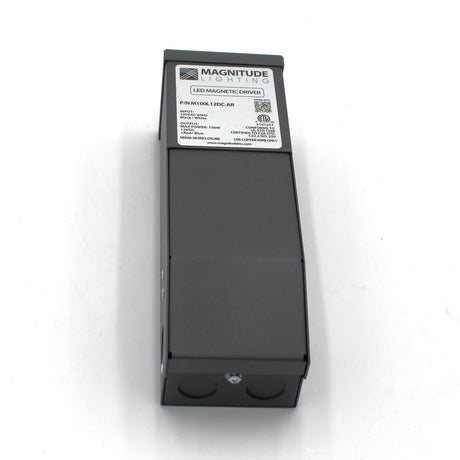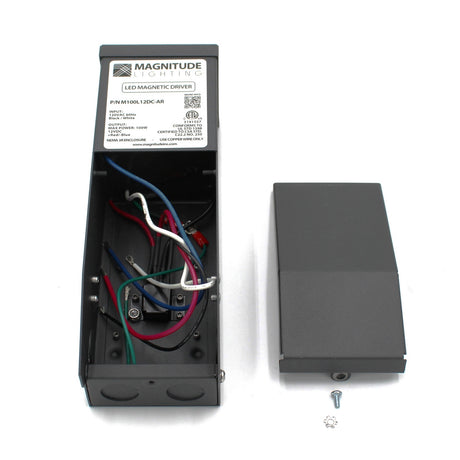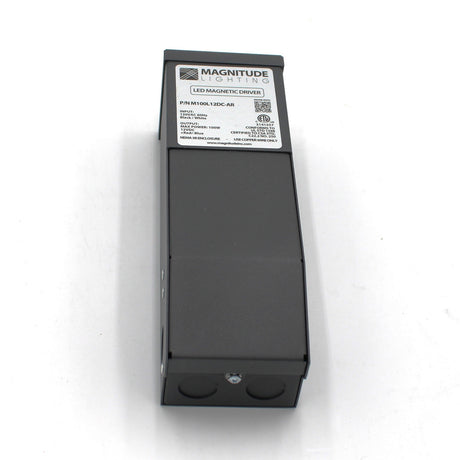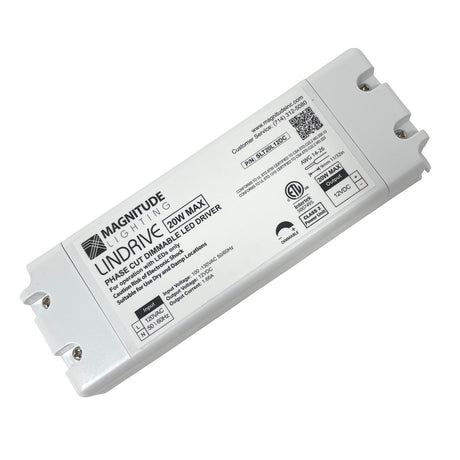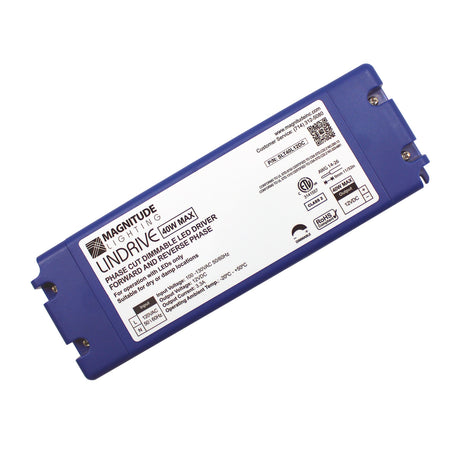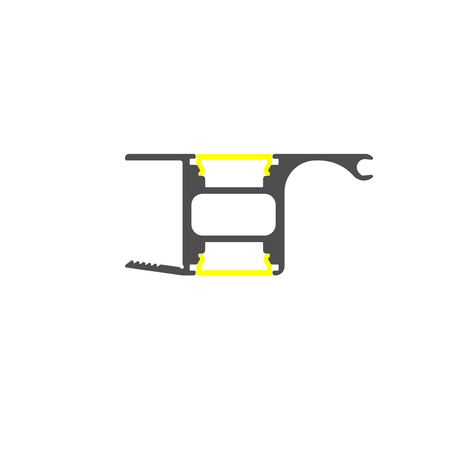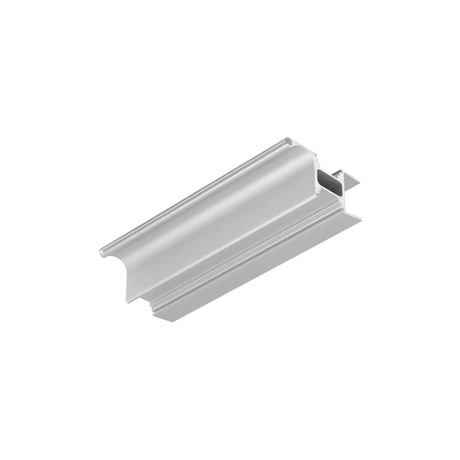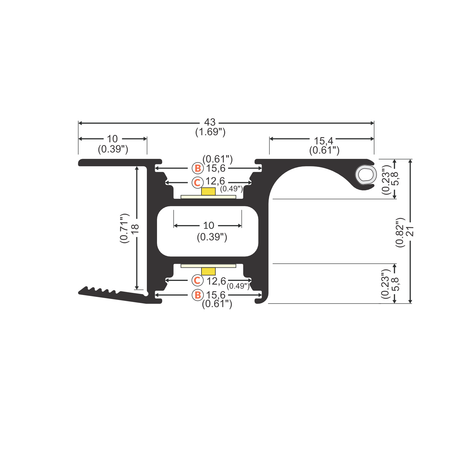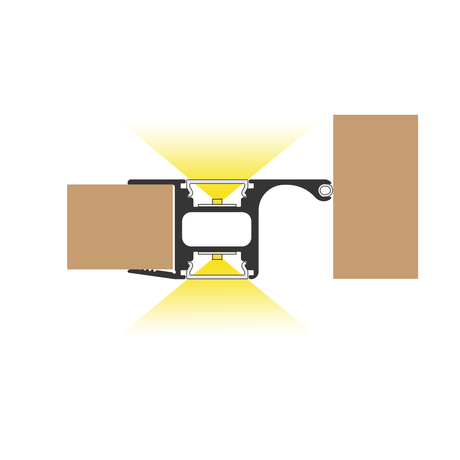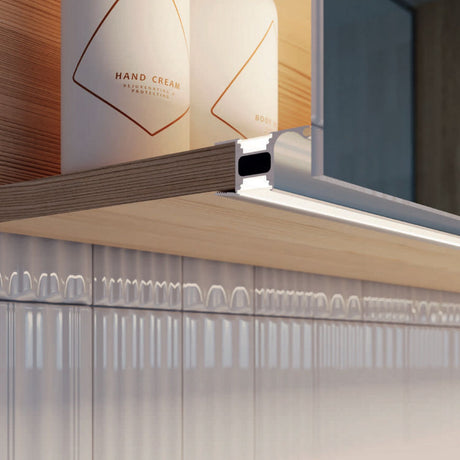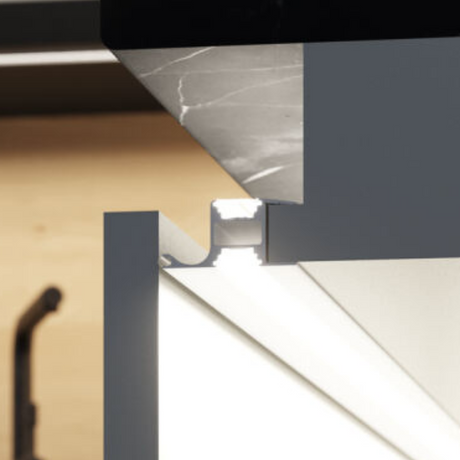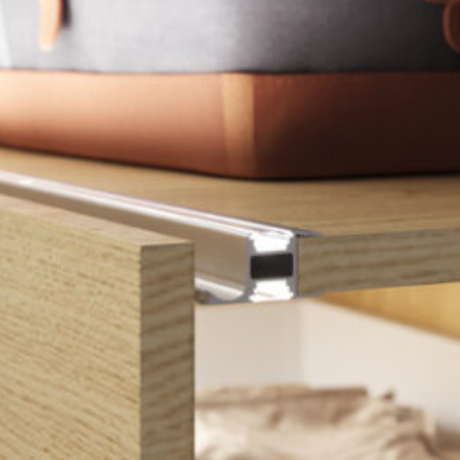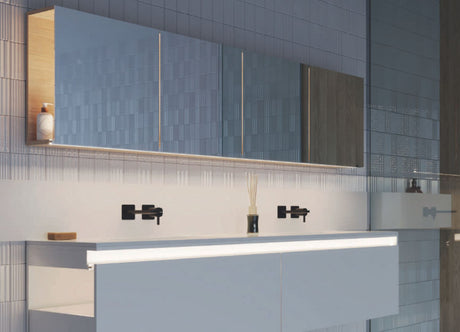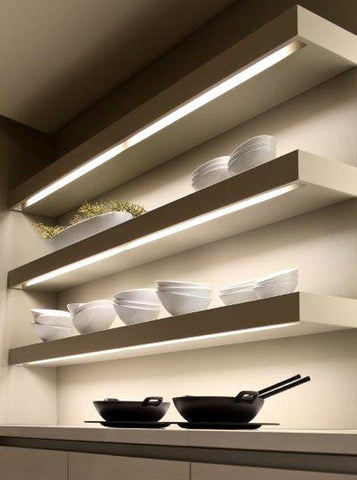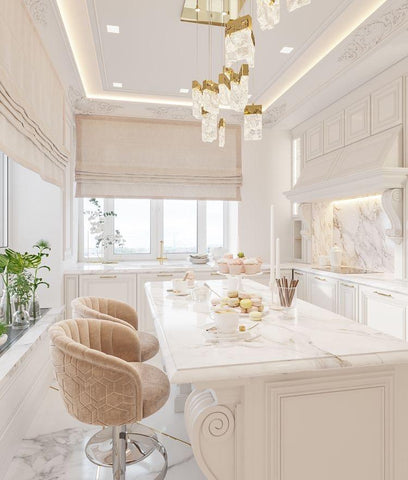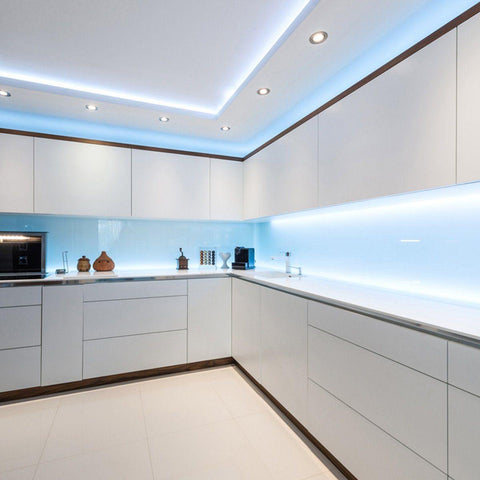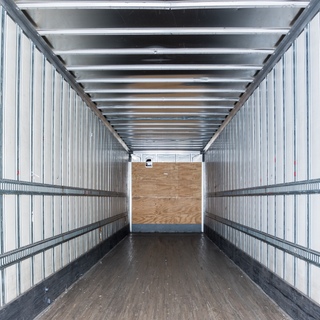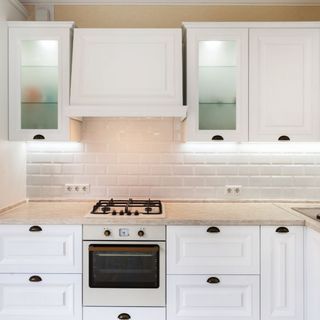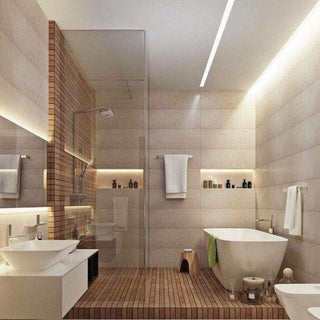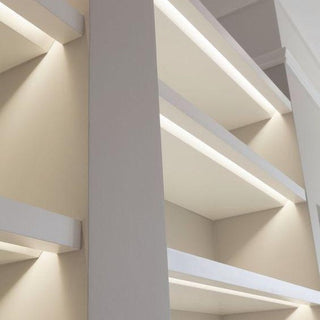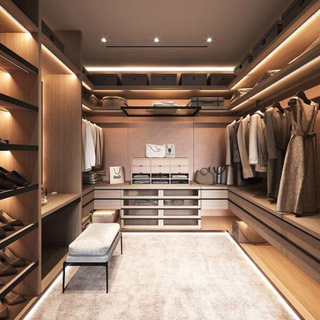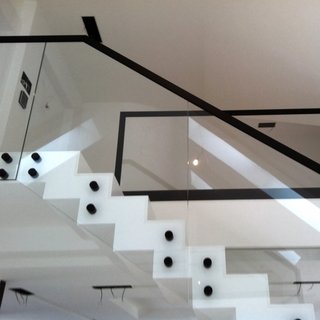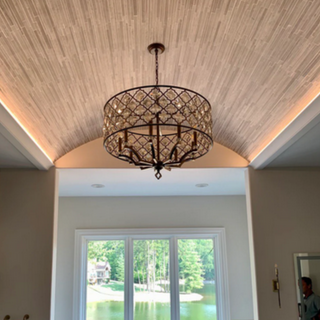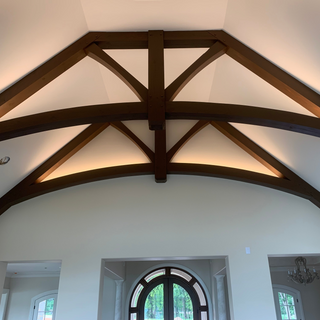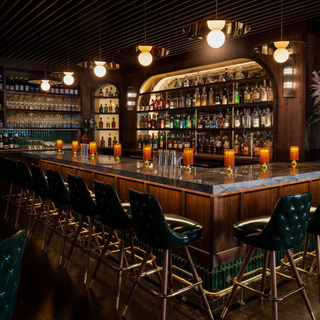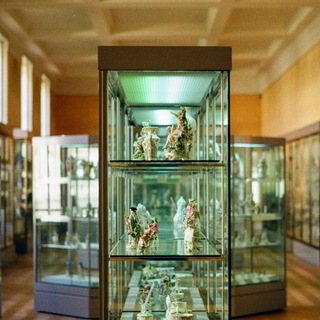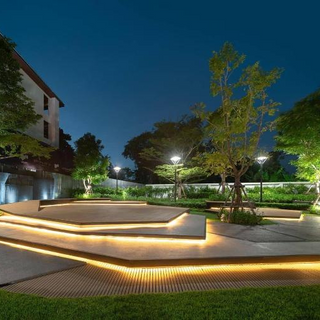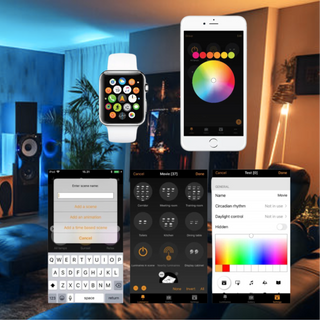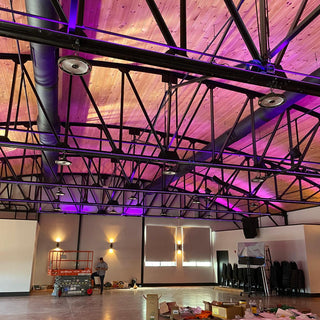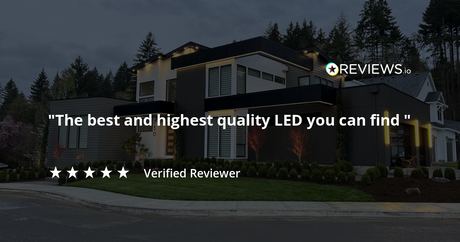Kitchen Cabinet Toe Kick Lighting
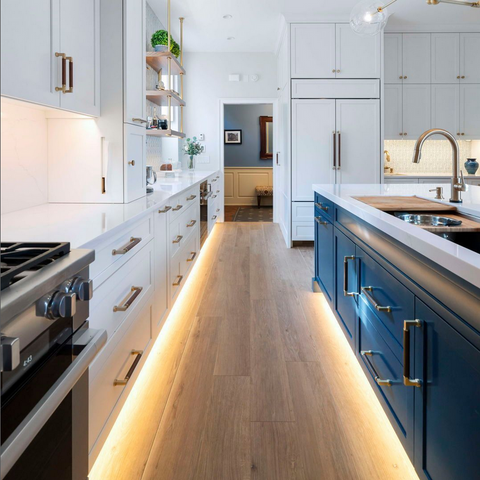
What is toe kick lighting?
Toe kick lighting is a versatile lighting solution that serves both functional and aesthetic purposes. Its primary function is to provide an additional source of ambient light in spaces such as kitchens and bathrooms. This soft, indirect illumination can effectively enhance the overall lighting scheme of a room, creating a warm and inviting atmosphere.
One of the key benefits of toe kick lighting is its ability to elevate the visual appeal of a space. By illuminating the lower portion of cabinets or furniture, it adds a layer of depth and visual interest to the room. This can be particularly impactful in creating a sense of elegance and sophistication. The gentle glow of toe kick lighting can also contribute to a cozy and relaxing ambiance, making it an ideal addition to areas where you unwind or entertain guests.
Brilliance Illumination Using Toe Kick Lighting in Kitchen
Kitchen Cabinet Toe Kick Lighting offers a sophisticated and practical solution to enhance the ambiance and functionality of your living spaces. By seamlessly integrating illumination into the toe kick area of cabinets, this innovative lighting approach transforms your kitchen into a well-lit, welcoming space.
Whether it's for accentuating the aesthetic appeal of your kitchen, improving visibility during nighttime activities, or even extending the luminosity into your bathroom or bar areas, toe kick lighting proves versatile and effective. With options such as toe kick LED lighting, under-cabinet LED strip lighting, and low-voltage under-cabinet LED tape lighting, you have a variety of choices to cater to your preferences and design requirements.
The integration of toe kick lighting kitchen not only adds a touch of elegance but also serves as a practical guide, eliminating the need for intrusive ceiling or wall-mounted fixtures. Elevate your space's aesthetics and functionality by exploring the vast range of cabinet LED lighting and toe kick lights possibilities, transforming every corner into a brilliantly illuminated focal point.
Toe Kick Lighting in the Bathroom
Often associated with kitchen design, toe kick lighting has found its way into the realm of bathrooms, enhancing both aesthetics and functionality. Imagine stepping into a tranquil haven illuminated by the soft glow of strategically placed toe kick lights.
This lighting marvel isn't confined to cabinetry; it extends its charm to the very baseboards, creating an ethereal effect that turns your bathroom into a sanctuary of style and relaxation. By integrating toe kick lighting, including toe kick cabinet and toe kick board applications, you're not only embracing an elegant design element but also improving safety, offering a guiding light during midnight visits.
Embrace the versatility of your toe kick lighting bathroom, bridging the gap between the gentle radiance of kitchen designs and the intimate setting of your personal retreat.
Maintenance and Troubleshooting
Under cabinet LED lighting is relatively low maintenance, but it's important to keep it clean and free of debris to prevent overheating. If you experience any issues with your lights, such as flickering or dimming, check the wiring and connections first. Ensuring that all connections are secure and free from corrosion can often resolve these problems.
In addition to regular cleaning, it's advisable to inspect the power supply and driver components periodically, as they can also impact the performance of LED lights. These components are essential for regulating the electrical current and voltage to the LEDs. If you notice any signs of wear, discoloration, or burning odors, it might indicate a malfunctioning power supply or driver, which should be replaced promptly to prevent further issues.
If troubleshooting the connections and power components doesn't solve the problem, consider replacing the bulbs. LED bulbs have a long lifespan, but like all technology, they can eventually wear out. When replacing bulbs, ensure they are compatible with your lighting system and have the appropriate wattage and color temperature to match the existing setup.
If you are unsure about performing maintenance or troubleshooting yourself, it's recommended to contact a professional electrician or lighting specialist. They have the expertise to diagnose and address more complex issues, ensuring that your under cabinet LED lighting remains functional, safe, and efficient.
Conclusion
Under-cabinet lighting is an excellent way to add both task lighting and ambiance to your kitchen. With so many different types and styles available, there's an option that will suit any kitchen design. Whether you choose battery-operated, hardwired, or LED strip lights, installing under-cabinet lighting is a simple DIY project that can make a big difference in your kitchen.
Frequently Asked Questions
What is the best type of under-cabinet lighting?
The best type of under-cabinet lighting often depends on your specific needs and preferences. Please send a message to help you choose the best under-cabinet lighting for your projects.
Can I install under cabinet lighting myself?
Yes, you can definitely install under-cabinet lighting yourself. Many under-cabinet lighting options, such as LED strip lights, come with adhesive backing for easy installation.
How do I choose the right color temperature for my under-cabinet lighting?
Selecting the right color temperature for your under-cabinet lighting depends on the desired ambiance and functionality. Warmer color temperatures, around 2700K to 3000K, create a cozy and inviting atmosphere, making them suitable for kitchens or areas where you want a comfortable glow. Cooler color temperatures, around 4000K to 5000K, offer a more neutral and task-oriented light, making them ideal for food preparation and other activities. Consider your space's existing lighting, color scheme, and purpose when choosing the color temperature. Testing different options before making a decision can help you find the perfect balance between aesthetics and practicality.
Can I use LED bulbs with my existing under-cabinet lighting fixtures?
Yes, you can use LED bulbs with your existing under kitchen cabinet lighting fixtures in many cases. However, there are a few things to consider before doing the replacement.
How do I clean my under-cabinet lighting fixtures?
To clean your under-cabinet lighting fixtures, first, ensure that the fixtures are turned off and unplugged for safety. Gently remove any dust or debris using a soft cloth or a duster. For more stubborn dirt, dampen the cloth slightly with water or a gentle cleaning solution. Avoid using abrasive materials or harsh chemicals that could damage the fixtures' surfaces. Carefully wipe down the fixtures, focusing on the areas that accumulate the most grime. Once cleaned, let the fixtures air dry completely before plugging them back in and turning them on. Regular maintenance will help keep your kitchen lighting fixtures looking their best and functioning optimally.
Should under cabinet lighting be hardwired?
Whether the lighting should be hardwired depends on your preference for a permanent and seamless solution. LED under cabinet lighting hardwired installation provides reliability and a clean look, requiring an electrician's expertise. If you're looking for a simpler option, plug-in or battery-operated lights offer flexibility without permanent changes. Consider your space, needs, and willingness for installation before deciding.
How many lumens do I need for under cabinet lighting?
The recommended number of lumens for under cabinet lighting can vary depending on the specific tasks you intend to perform in that area. However, as a general guideline, you'll want to aim for around 150 to 300 lumens per linear foot of under cabinet space. This range provides sufficient illumination for common kitchen tasks such as food preparation, cooking, and cleaning
How long do battery powered under cabinet lights last?
The lifespan of under cabinet battery lighting varies based on factors such as the quality of the lights, the type of batteries used, and how frequently the lights are used. Generally, battery-powered lights can last anywhere from a few weeks to several months on a single set of batteries.
Do under cabinet LED lights need an AC adapter?
Yes, under cabinet LED lights typically require an AC adapter to convert the standard household voltage (AC) into the lower voltage (DC) that the LED lights use. The AC adapter ensures that the LED lights receive the correct voltage and current for optimal performance and longevity. It's important to choose the right adapter that matches the specifications of your LED lights to ensure they operate safely and efficiently.
How long do wireless under cabinet lighting last?
The lifespan of wireless under cabinet lights can vary based on factors such as the quality of the lights, usage patterns, and the type of batteries or power source they use. On average, wireless under cabinet lights equipped with LED technology can last anywhere from 50,000 to 100,000 hours.
What is the best LED under cabinet lighting?
The best LED under cabinet lighting is the COB White Lily series. It emits a soft, inviting glow that transforms your under cabinet spaces into functional and creative areas. For an optimal setup, pair it with our Cabi12 LED channel for corner mounting, or the Slim8 profile, which can be easily hidden for discreet lighting.
How do I choose LED lights for under cabinets?
To choose LED lights for under cabinets, consider brightness, color temperature, and installation type. Opt for 300-400 lumens per foot for task lighting, with a color temperature of 2700K-3000K for a warm, inviting glow. Choose plug-in or hardwired options based on your electrical setup. Dimmable LEDs offer flexibility, while energy-efficient models reduce power consumption. Ensure the lights have a high CRI for accurate color representation, enhancing the appearance of your space.
How many lumens do I need for kitchen under cabinet lighting?
For kitchen under cabinet lighting, you typically need 200-500 lumens per linear foot. This range provides sufficient brightness for task lighting while ensuring a well-lit workspace. Adjust based on your specific needs and the color of your countertops.
Should you put warm or white light under cabinets?
You should use warm white light (around 2700K to 3000K) under cabinets for a cozy, inviting ambiance that complements wood tones and warm color schemes. For a more modern, crisp look, opt for cool white light (around 4000K to 5000K), which enhances contrast and works well with contemporary or neutral designs. Choose based on your kitchen's style and the mood you want to create.

